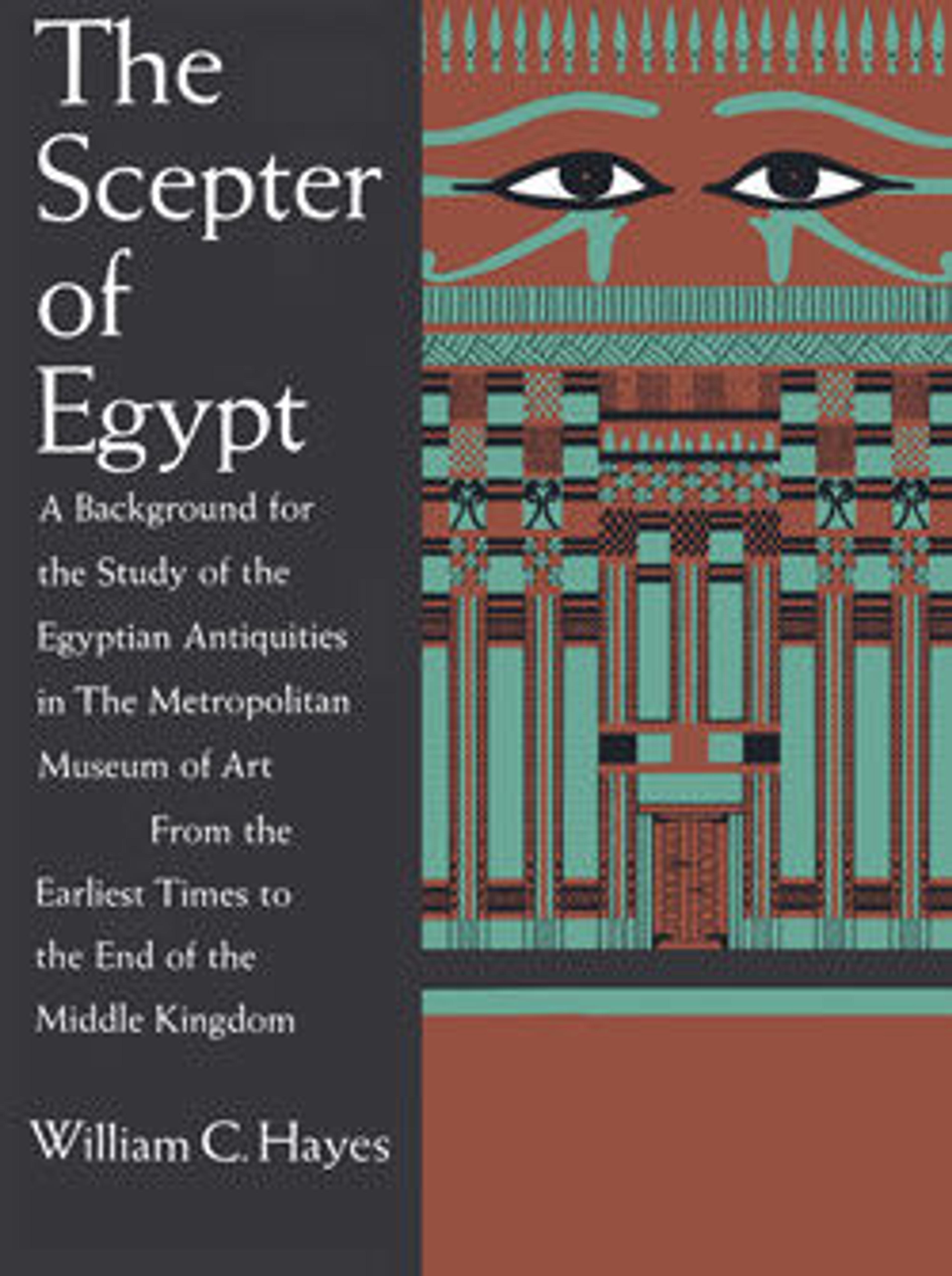Relief scene from the tomb of Queen Neferu: fragments from two registers showing male and female attendants moving to the right
The decoration of the funerary apartments consisted almost exclusively of ritual scenes and depictions of sacred objects deriving from local Upper Egyptian iconography. The carving of Queen Neferu’s surviving reliefs has a captivating otherworldliness, although it is varied in quality. The extenuated proportions of the figures, and the elaborate patterns contrasting with smooth planes, represent the height of the Eleventh Dynasty archaic style. The background was left unpainted, while the figures were either detailed or covered with orange, pink, purple, blue, green, white or black paint.
In this group of fragments, two rows of attendants advance from the left toward a richly endowed offering table, behind which the queen must have sat on a chair. It is interesting to note that only the male officials of the queen’s household are identified by name.The first woman in the upper register raises an elaborate menat necklace whose ends are just visible on the preserved fragment. Such necklaces were not only adornments but were also used as musical instruments in the service of the goddess Hathor, since their multiple strands of beads produced a rattling sound when shaken. Other women carry red-striped pieces of cloth, which would have served as sunshades for certain rituals.
In the lower register, the cupbearer Imennakht offers a drink; and the scribe of the chests Intef brings a papyrus roll. The figures of a man called Djaayt (title incomplete) and (to the very left) the overseer of the provisioning quarters and cupbearer, Mentunakht, are lost.
For other reliefs from the tomb of Queen Neferu, see 31.3.1 and 26.3.353*.
Artwork Details
- Title: Relief scene from the tomb of Queen Neferu: fragments from two registers showing male and female attendants moving to the right
- Period: Middle Kingdom
- Dynasty: Dynasty 11
- Reign: reign of Mentuhotep II, early
- Date: ca. 2051–2030 B.C.
- Geography: From Egypt, Upper Egypt, Thebes, Deir el-Bahri, Tomb of Neferu (TT 319, MMA 31), MMA excavations, 1923–25
- Medium: Limestone, paint
- Dimensions: W. (as reconstructed) 76 cm (29 15/16 in.)
- Credit Line: Rogers Fund, 1926; Rogers Fund, 1931
- Object Number: 26.3.353-1-related
- Curatorial Department: Egyptian Art
Audio
3290. The Tomb of Queen Neferu, Wife of Mentuhotep II, Part 1
All the relief carvings in this long case came from one Queen’s tomb. She was Queen Neferu, the main wife of Mentuhotep the Second and probably also his sister. She lived around 2000 B.C. The largest fragment, near the center, depicts some cattle. These animals would have been part of the offerings for the Queen; food for her in the afterlife. They are carved in raised relief. In contrast, move to look at the case to your right, on the shorter adjacent wall. They’re also from the Queen’s tomb, but these are in sunken relief – with the image carved into the stone. Within this case, in the right-hand part, look for the branches of an acacia. It’s an idyllic depiction, with large water jugs beneath. There are some very unusual elements in this case which aren’t part of the usual decoration for tombs.
Listen to more about this artwork
More Artwork
Research Resources
The Met provides unparalleled resources for research and welcomes an international community of students and scholars. The Met's Open Access API is where creators and researchers can connect to the The Met collection. Open Access data and public domain images are available for unrestricted commercial and noncommercial use without permission or fee.
To request images under copyright and other restrictions, please use this Image Request form.
Feedback
We continue to research and examine historical and cultural context for objects in The Met collection. If you have comments or questions about this object record, please contact us using the form below. The Museum looks forward to receiving your comments.
